Pam Birley of Leistershire England has regularly photographed this harbour seal which she named 6-spot , since 2008.. Their lifespan is 25-30 years.
- 6-spot – first photographed at Race Rocks in 2008

Pam Birley of Leistershire England has regularly photographed this harbour seal which she named 6-spot , since 2008.. Their lifespan is 25-30 years.
Today, Guy Ouradou from Pearson College drove me out to Race Rocks Ecological reserve with David Obura, Pearson College alumni from Kenya year 10. The main change since I was there last was the predominance of California sea lions over most of the island. Northern sealions occupied a small portion of rock near the docks and the isthmus below the light tower. Each year the college has to put up an electric fence to prevent the sealions from invading the centre of the island which can result in damage to conduits, and facilities.
A new fence system is being installed this year, which has so far proven to be very effective. Another aspect of the sealions being on the centre part of the island is that they have been damaging the structure of the rocks arranged in the areas of the aboriginal burial cairns. The big change in sealion distribution is that previously they have concentrated on West Race Rocks, North Race Rocks and the south Islands off the tower. This year there are none out on those islands and they are all on the main island.
I also was able to observe the equipment installed by Oceans Network Canada for CODAR. Hopefully we can get a connection to the output of the data obtained from this equipment when we neet with Kevin Bartlett from Ocean Networks Canada next week on Sept 28.
Earlier this year, Lester Pearson College upgraded the solar batteries which have served for the past 11 years. New inverters were also installed.
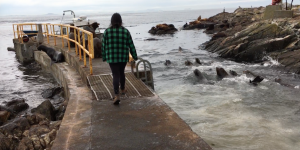 Leaving the island we have to deal with a dock full of sealions which have returned since our arrival.
Leaving the island we have to deal with a dock full of sealions which have returned since our arrival.
Weather
Boats/Visitors/Sightings
Marine Mammals
Census
Weather
Boats/Visitors/Sightings
Marine Mammals
Weather
Boats/Visitors/Sightings
Marine Mammals
Weather
Boats/Visitors/Sightings
Marine Mammals
Weather
Boats/Visitors
Birds
Marine Animals
Overall, quite an uneventful day.
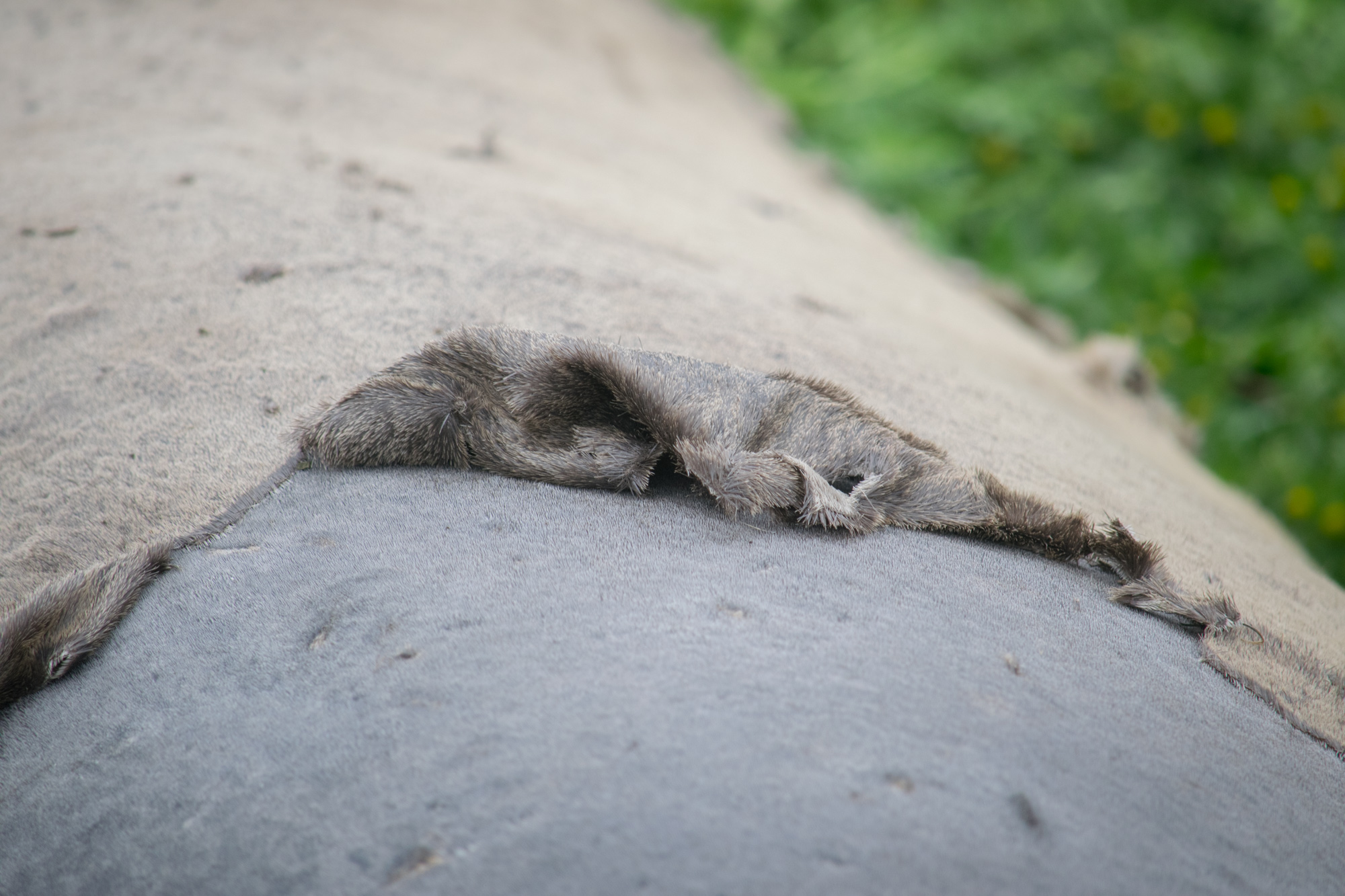 |
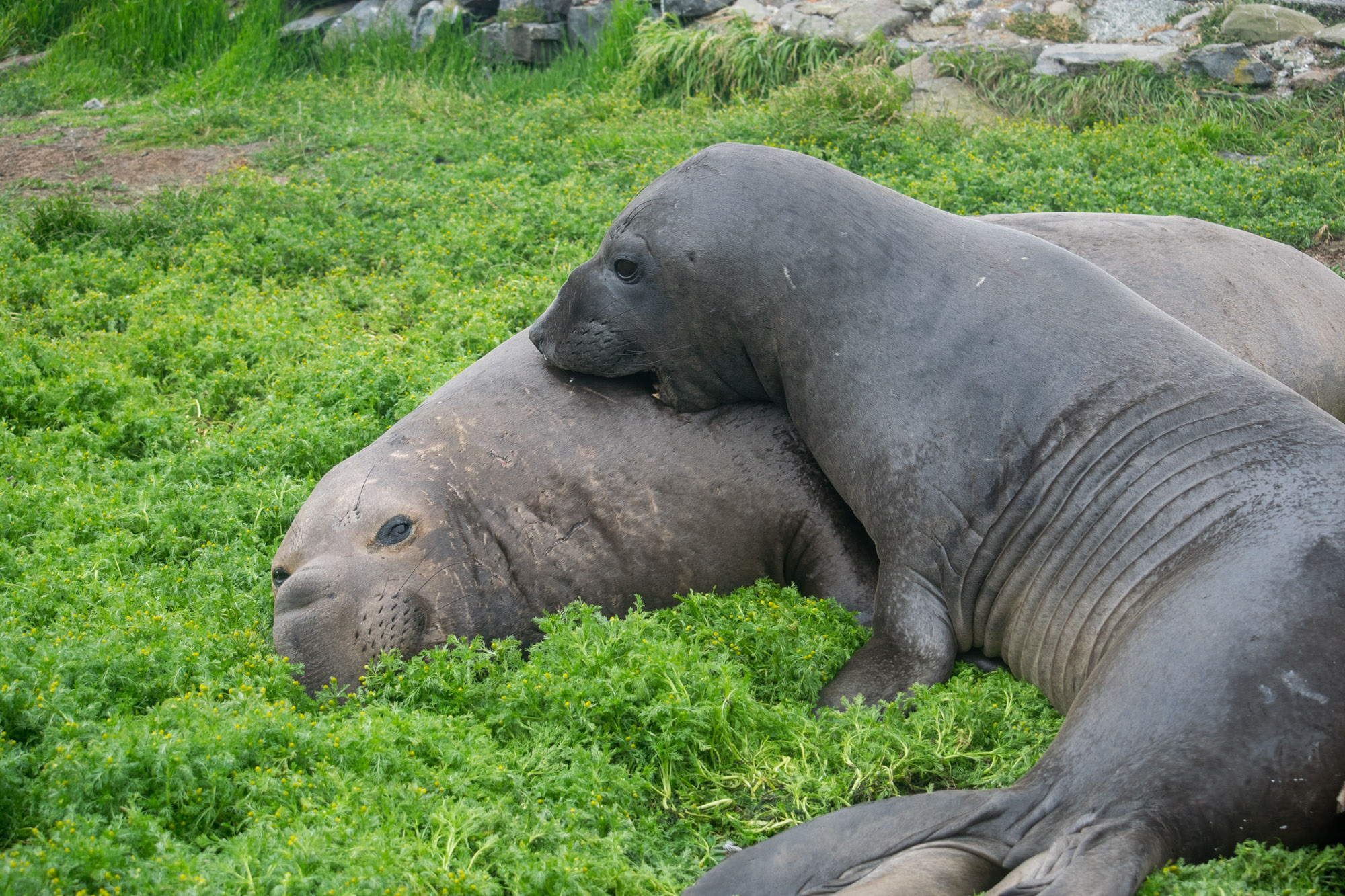 |
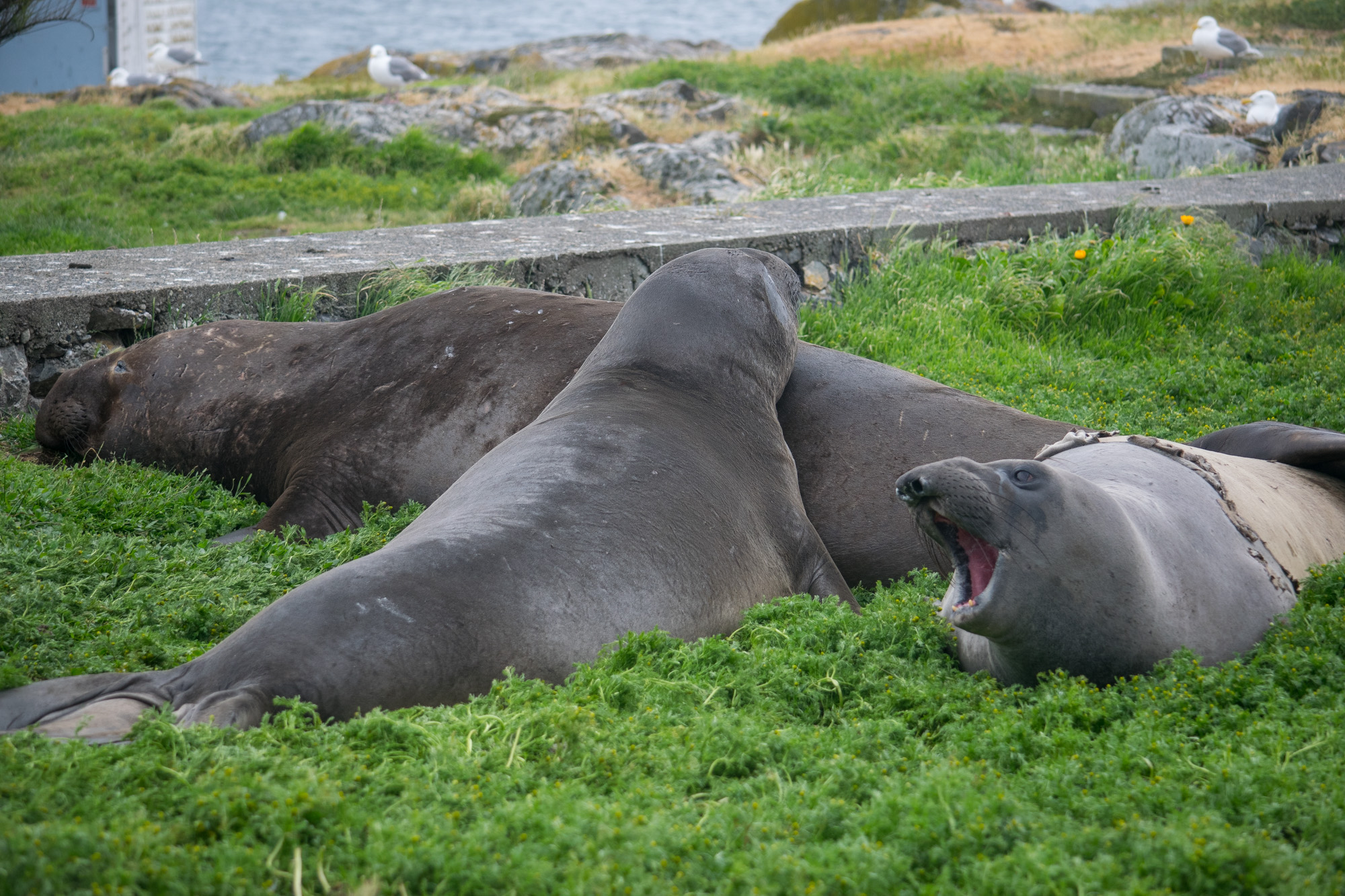 |
Weather
Boats/Visitors
Census
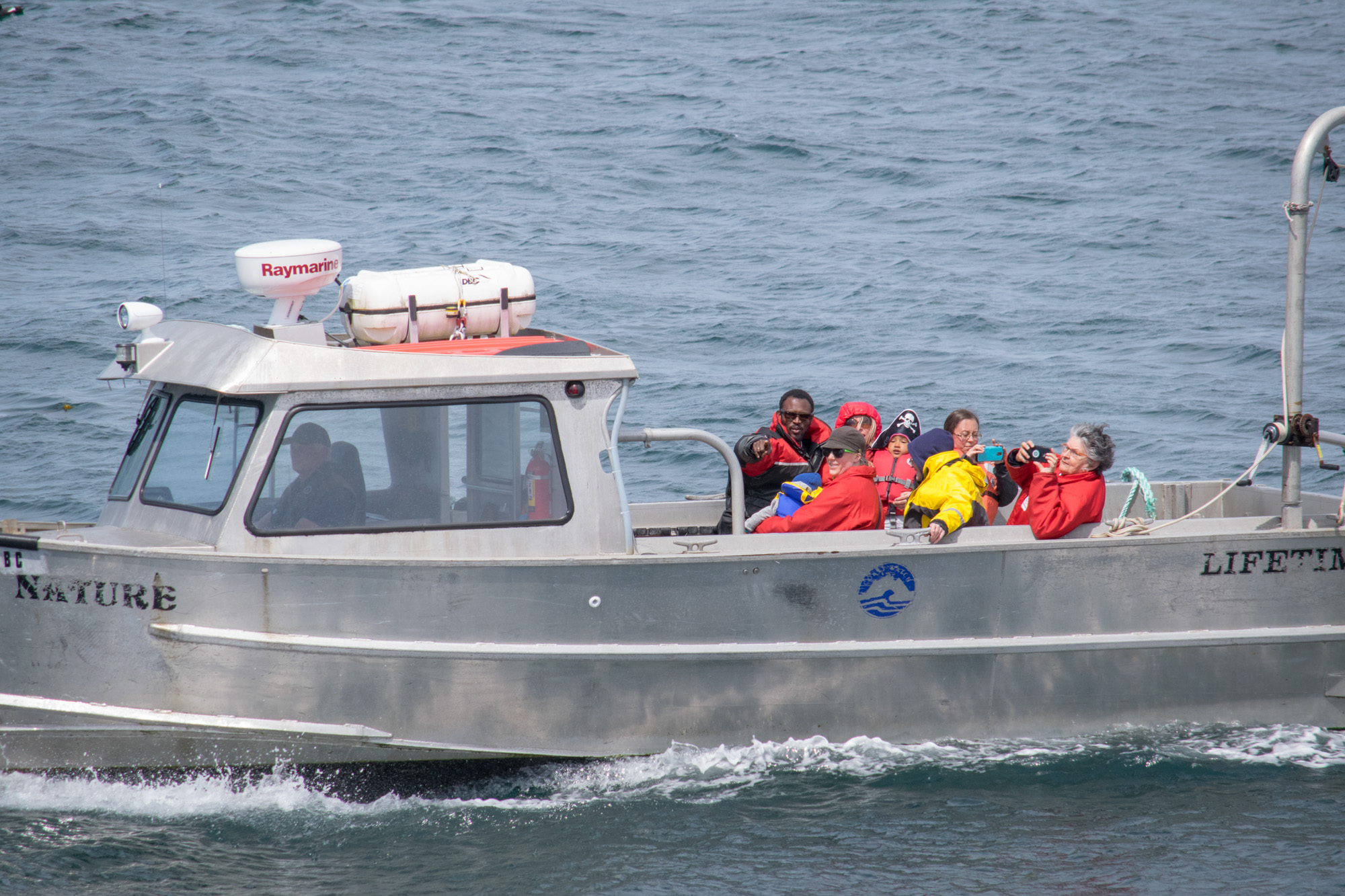 |
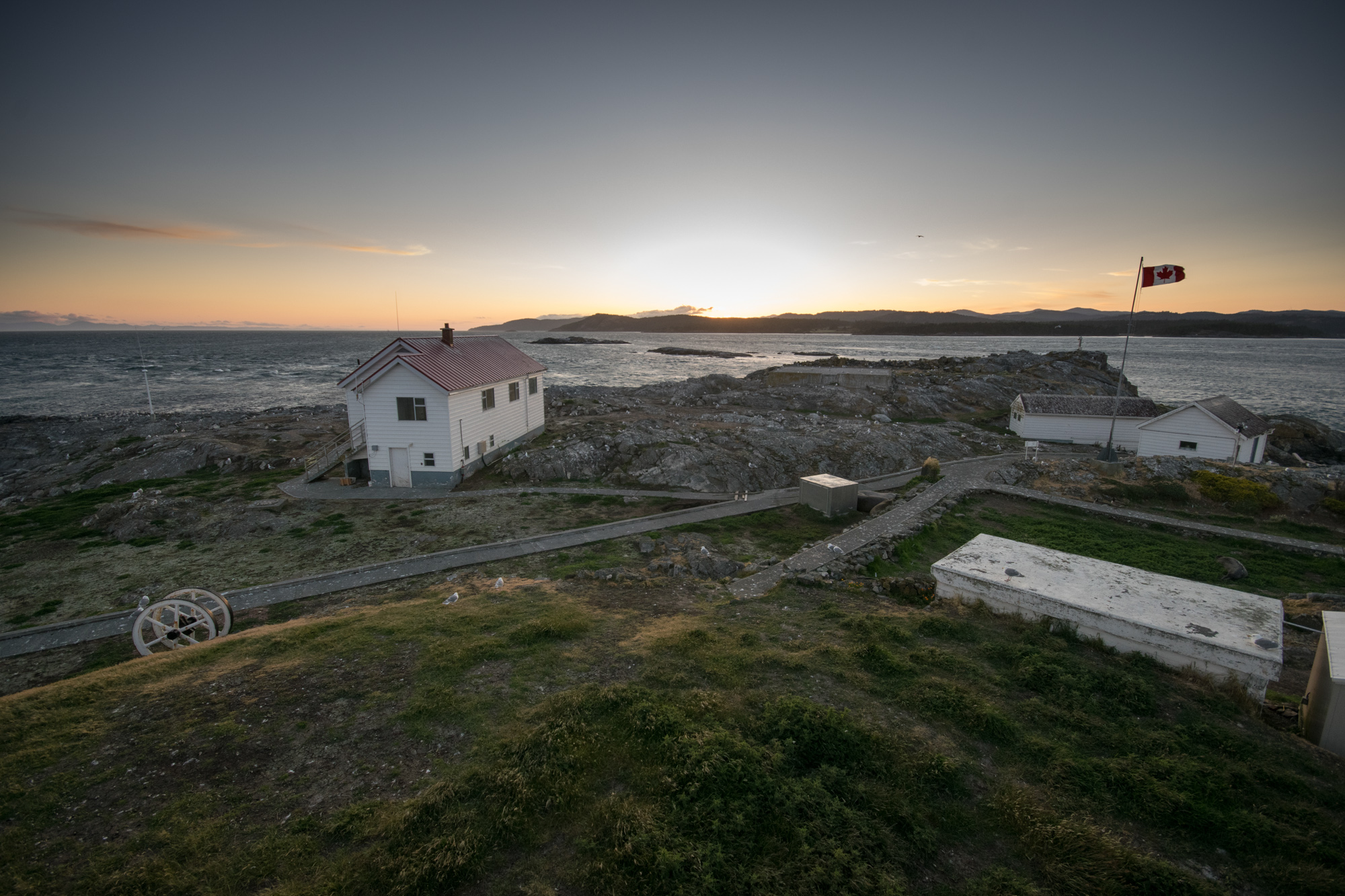 |
This year is our 20th year in assisting the local birders with the Rocky Point Bird Observatory in doing a count at Race Rocks. Given the time of year this has to occur, it is often thwarted by bad weather, but in the past counts, some very interesting species and population numbers have shown up. See this index of past years Bird Counts. https://www.racerocks.ca/race-rocks-animals-plants/bird-observations-at-race-rocks-3/christmas-bird-counts-starting-in-1997/
Kim Beardmore same along to record the birds for the 2017 Christmas bird count. Here Kim on the left and the Ecoguardian Mikey Muscat check on one of the 5 male elephant seals.
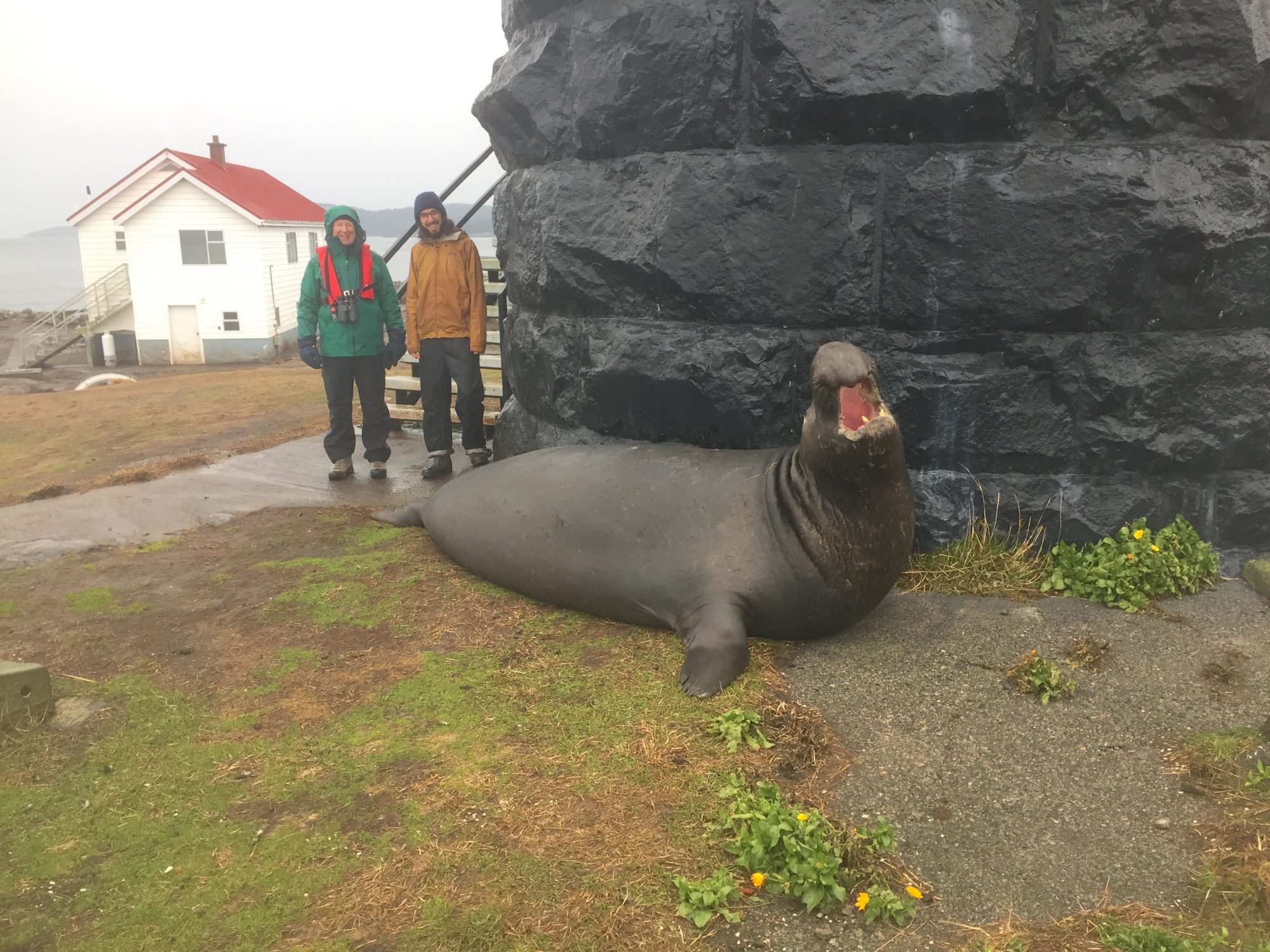
Although we went to count birds, I found that the most impressive thing was that there were 5 large male elephant seals on the island and two juvenile females. When compared with other years this was quite unusual, and it could be interesting when the females come back in January to have pups. I predict there will be a lot of male aggression going on in mid-January.
These four species other than several gull species and bald eagles were part of the count which we will add below .
Other observations around the island:
I took advantage of the few hours there to check on other aspects of the island from the ecological reserve warden point of view. Especially noticeable this year were the massive fields of mud over most parts of the island where the california sea lions hauled out over the past few months. I was concerned about the erosion and rock disturbance that this has caused. Most of the plants in many parts of the island have been obliterated. I did however find this one healthy patch of Romanzoffia tracyi behind the boathouse. Protected because of its location among the rocks. I checked some of the other known locations of this rare plant but didn’t see any.
One feature that was very evident with the lack of vegetation was the extensive beds of chiton shells which are evidence of black oystercatcher middens from last season.
Two immature or juvenile female elephant seals were on the island, one tagged ..green C887
The five males:
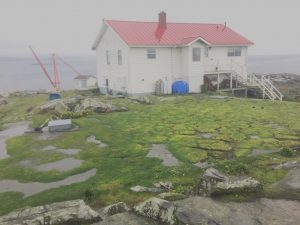 I have been watching the vegetation cover made up of the introduced species of Sedum or stonecrop which was on the top of the reservoir.. In my September photo the bed was quite dried and cracked. Now it has partially recovered.. This is one place the sealions seem to avoid.
I have been watching the vegetation cover made up of the introduced species of Sedum or stonecrop which was on the top of the reservoir.. In my September photo the bed was quite dried and cracked. Now it has partially recovered.. This is one place the sealions seem to avoid.
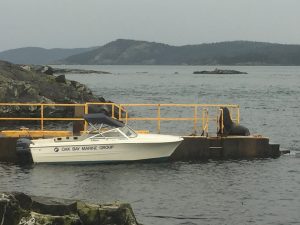 Because Pearson College could not provide boat transportation this year, and because I was determined to continue the 20 year tradition of this valuable baseline collection of bird population data, we rented a boat from Pedder Bay marina for the trip to Race Rocks. A list of the birds observed by Kim Beardmore is attached here.
Because Pearson College could not provide boat transportation this year, and because I was determined to continue the 20 year tradition of this valuable baseline collection of bird population data, we rented a boat from Pedder Bay marina for the trip to Race Rocks. A list of the birds observed by Kim Beardmore is attached here.
Weather
Boats/Visitors
Ecological
Other
Notes